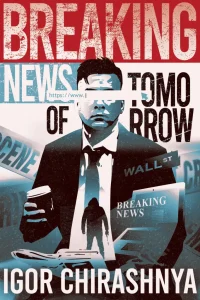Some fencing figures are more than what they seem, and one such figure is Andrew Fischl, known to most of us as Cyrus of Chaos. For those of you who might not know it, Cyrus of Chaos is a major resource for fencers on YouTube. I’ve been subscribed to this channel for...









